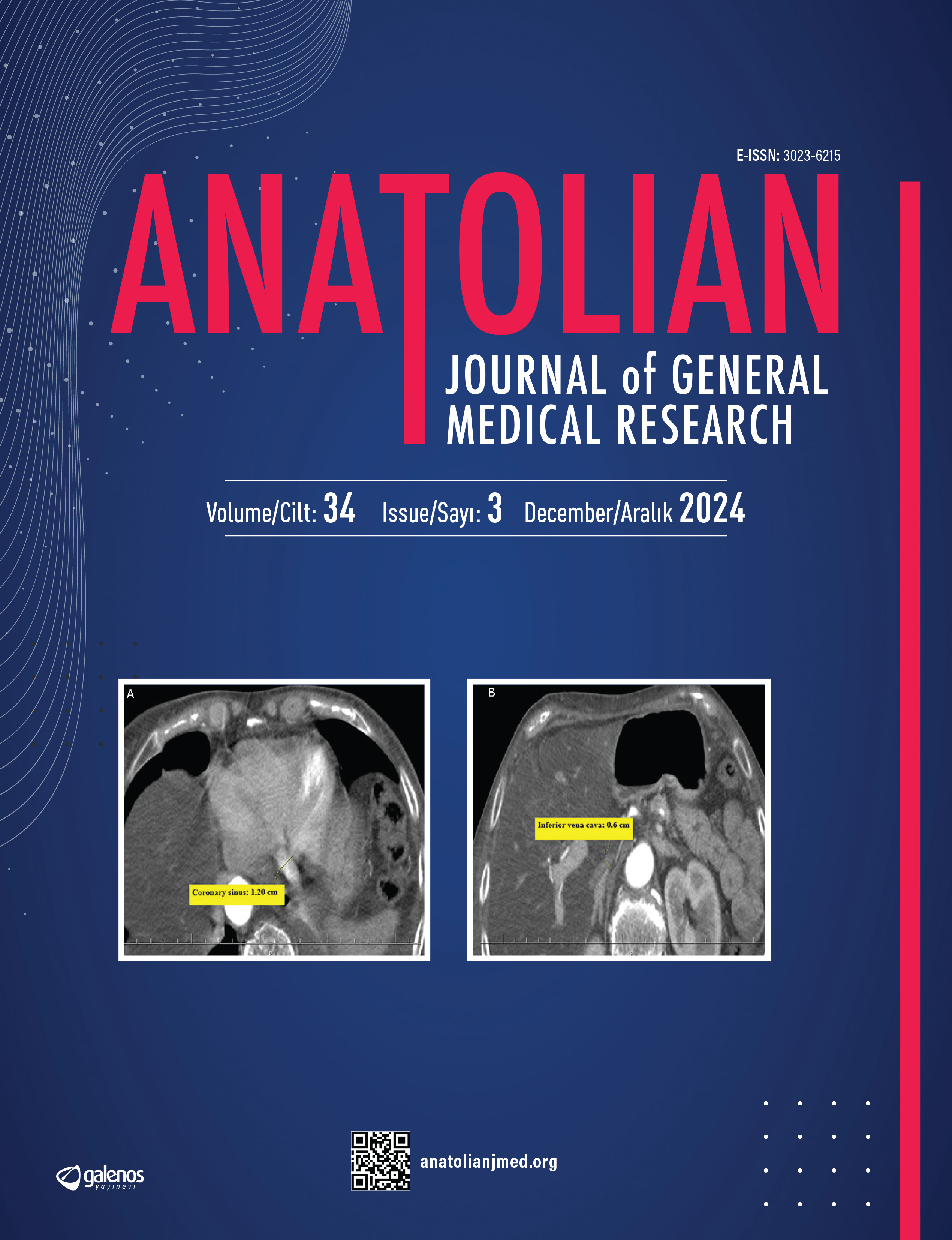








Is it Really Clean? Investigation of a “No-Touch Button” for Bacterial Contamination by a Different Technique
Aybüke Akaslan Kara1, İlker Devrim1, Nevbahar Demiray2, Yeliz Oruç2, İlknur Çağlar1, Elif Böncüoğlu1, Elif Kıymet1, İlker Yavuz3, Özlem Gamze Gülfidan3, Fahri Yüce Ayhan3, Tanju Çelik4, Nuri Bayram11Dr. Behçet Uz Children’s Diseases and Surgery Education and Research Hospital, Clinic of Pediatric Infectious Diseases, İzmir, Turkey2Dr. Behçet Uz Child Disease and Pediatric Surgery Education and Research Hospital, Infection Control Committee, İzmir, Turkey
3Dr. Behçet Uz Children’s Diseases and Surgery Education and Research Hospital, Clinic of Clinical Microbiology, İzmir, Turkey
4Dr. Behçet Uz Children’s Diseases and Surgery Education and Research Hospital, Clinic of Pediatric Emergency Care, İzmir, Turkey
Objective: No-touch buttons are generally used by patients, patients care givers and healthcare workers. Principal mechanism is based on opening the doors without touching the surface and is supposed to be clean. The objective of this study was to determine the contamination load of no- touch buttons with adenosine triphosphate (ATP) measurement method and to identify microorganisms using microbiological methods in a tertiary pediatric research hospital.
Methods: A total of 65 samples were collected from the surfaces of buttons located the inside and outside of the units and analyzed to assess ATP levels and mircoorganim colony count.
Results: Among the samples taken from the surface of buttons, 53 (81.5%) of the surfaces had microorganism isolation. The relative light unit (RLU) values ranging from 35 to 2048/100 cm2 were determined by the ATP bioluminescence assay. The median RLU value was 217/100 cm2 and 41.5% of the values (27 samples) were equal to or higher than 250/100 cm2. A significant correlation was found between the luminometric and microbiological data obtained for the same surfaces (p<0.05). No significant differences in colonization prevalence were clear concerning the location of the buttons (p>0.05).
Conclusion: Although not an alternative to cultural methods, the ATP-bioluminescence-assay can be a useful tool for measuring the efficiency of cleaning also in environments. Our data suggest that microbial contamination of no-touch buttons is prevalent. Regarding these results, strict hand hygiene is important since even no-touch buttons might serve as reservoirs for microorganisms.
Manuscript Language: English
(471 downloaded)




